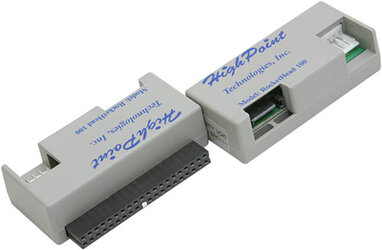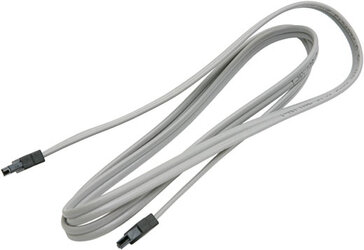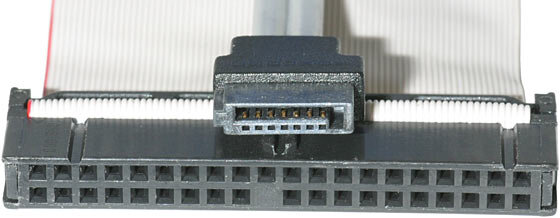I have question about Serial ATA Hard Drives
I only know Serial ATA are faster than ATA 133 but what is the adventage of Serial ATA? is it able to handle insane PCI mhz when Overclocked?
In addition, is there any Serial ATA RAID card out there? supporting RAID 5 would be a great PLUS.
Also, some people says IBM drives are better but some prefer Seagate Barracuda Serial ATA V, is there any other drive out there better than Barracuda Serial ATA V ? (not counting SCSI/Firewire/Fibre Channel Drives)
I only know Serial ATA are faster than ATA 133 but what is the adventage of Serial ATA? is it able to handle insane PCI mhz when Overclocked?
In addition, is there any Serial ATA RAID card out there? supporting RAID 5 would be a great PLUS.
Also, some people says IBM drives are better but some prefer Seagate Barracuda Serial ATA V, is there any other drive out there better than Barracuda Serial ATA V ? (not counting SCSI/Firewire/Fibre Channel Drives)




